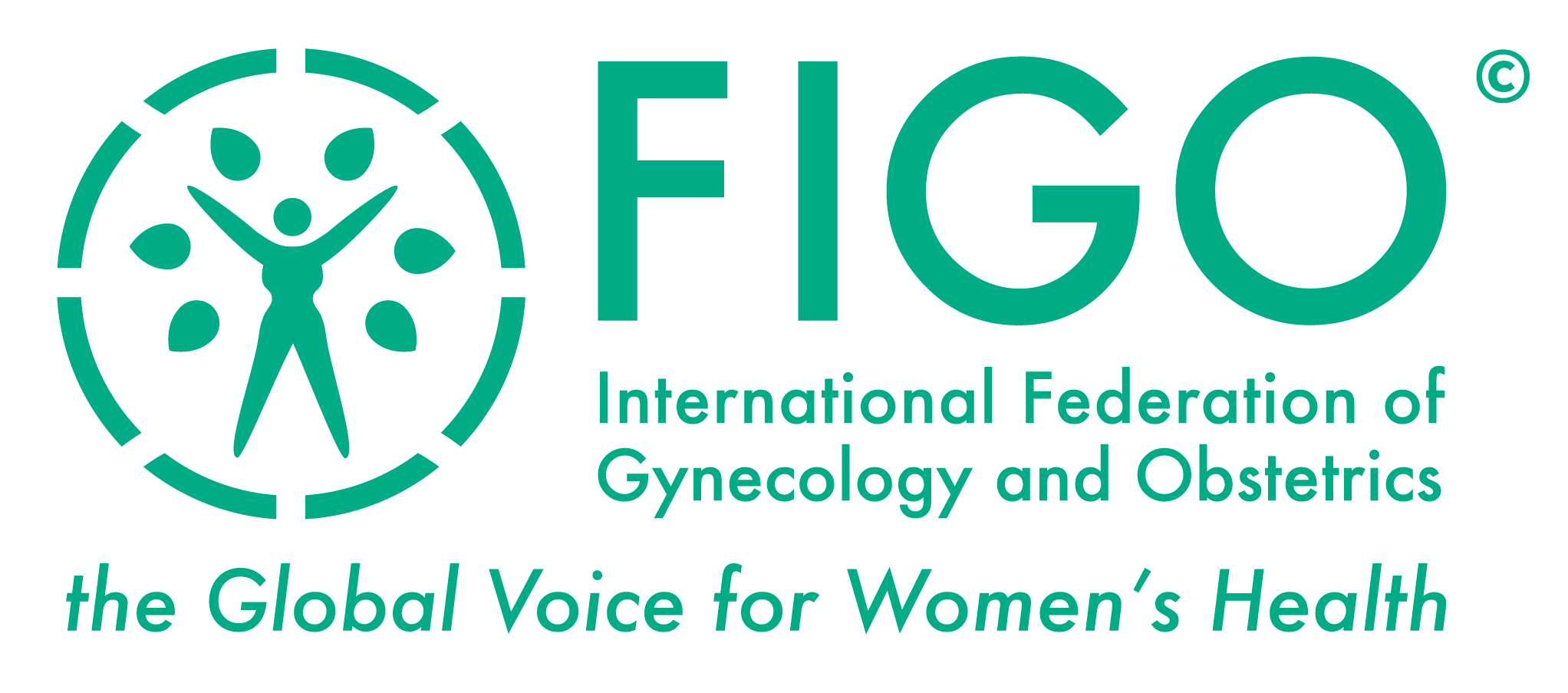International Committee for Monitoring Assisted Reproductive Technologies: World Report on Assisted Reproductive Technologies, 2007.
Osamu Ishihara, G. David Adamson, Silke Dyer, Jacques de Mouzon, Karl G. Nygren, Elizabeth A. Sullivan, Fernando Zegers-Hochschild, Ragaa Mansour. Fertil Steril 13 Dec 2014;103(2):402-13.e11. Vol. 103, Issue 2, p402–413.e11.
OBJECTIVE:
To analyze information on assisted reproductive technology (ART) performed worldwide, and trends in outcomes over successive years.
DESIGN:
Cross-sectional survey on access, efficiency, and safety of ART procedures performed in 55 countries during 2007.
SETTING:
Not applicable.
PATIENT(S):
Infertile women and men undergoing ART globally.
INTERVENTION(S):
Collection and analysis of international ART data.
MAIN OUTCOME MEASURE(S):
Number of cycles performed, by country and region, including pregnancies, single and multiple birth rates, and perinatal mortality.
RESULT(S):
Overall, 1,251,881 procedures with ART were reported, and resulted in 229,442 reported babies born. The availability of ART varied by country, from 12 to 4,140 treatments per million population. Of all aspiration cycles, 65.2% (400,617 of 614,540) were intracytoplasmic sperm injection. The overall delivery rate per fresh aspiration was 20.3%, and for frozen-embryo transfer (FET), 18.4%, with a cumulative delivery rate of 25.8%. With wide regional variations, single-embryo transfer represented 23.4% of fresh transfers, and the proportion of deliveries with twins and triplets from fresh transfers was 22.3% and 1.2%, respectively. The perinatal mortality rate was 19.9 per 1,000 births for fresh in vitro fertilization using intracytoplasmic sperm injection, and 9.6 per 1,000 for FET. The proportion of women aged ≥40 years increased to 19.8% from 15.5% in 2006.
CONCLUSION(S):
The international trend toward 3 transferred embryos continued, as did the wider uptake of FET. This was achieved without compromising delivery rates. The application of ART for women aged 40 years was a major component of ART services in some regions and countries.
